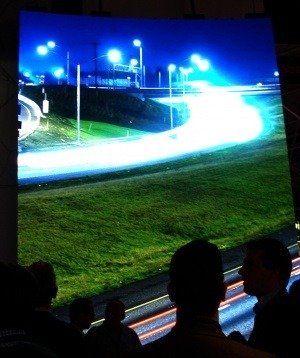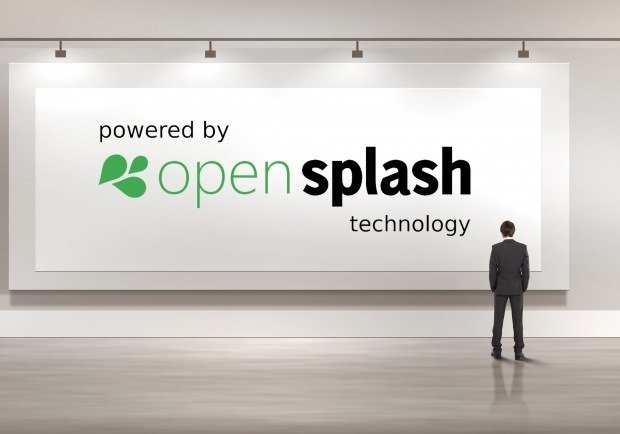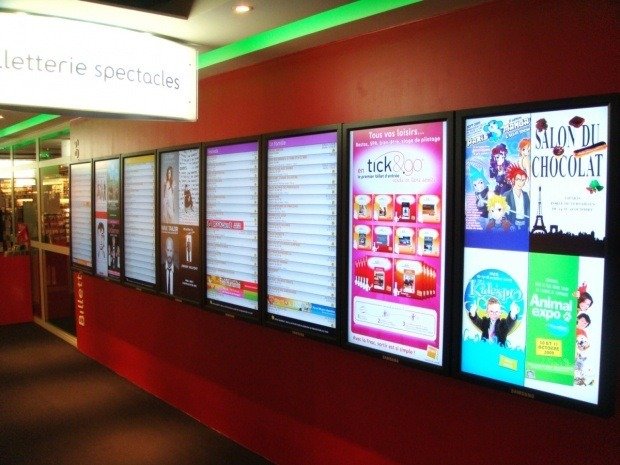
Silver Curve estimates that a combination of Raspberry Pi and Aperture could save a customer £675 compared to a PC-based solution
With more than 15 years’ experience in digital signage software development and integration, three-year-old company Silver Curve has this week completed an investment whip-round of £200,000 using crowd equity platform Seedrs for its new product, Aperture. Aiming to disrupt a relatively crowded marketplace, Aperture acts as a graphics engine specifically purposed for digital signage. It isn’t a player, nor is it a content management platform; instead, it sits between the player and the operating system, drawing rich content and rendering it at full, broadcast-ready HDMI.
“So far the digital signage industry has had either high performance, high cost devices, such as the ones from MediaVue or AOpen, or low cost and low performance options like the ones offered by IAdea,” states Bryan Crotaz, Silver Curve’s chief executive and the internationally respected integrator behind the device. “With Aperture, we are opening the game to a low cost, high performance solution.”
Using a Raspberry Pi micro PC and Aperture, Silver Curve has created a digital signage solution can match the processing power of a PC-based solution, requiring less cooling and only 4% of the power. Though the pocket size Pi is a Linux computer, Aperture allows Pi to run any Windows-based signage software. Having been developed to maximise the graphical processing power of the Pi, Crotaz says that it has the processing ability of the original Xbox.
“Aperture works as an equivalent to part of the operating system,” explains Crotaz. “It drives the available silicon on the chip and uses it in the most efficient way possible to obtain outstanding graphics and motion images. Aperture knows about content layers, zones, loops and it can create the beautiful effects that digital signage demands today.”
With Aperture HD content, a 60 frames-per-second rate for video and animation – until now only available using high-end DS products – is available for about £200.
“With Aperture, software vendors won’t need to change their product prices to obtain the best display performance,” explains Crotaz. “Any signage software can use Aperture and the work needs to be done only once. The existing user interface is familiar and easy to use, and because the vendor software is the same on PC and Aperture, an existing rollout can be extended seamlessly.
“From the hardware vendor side of things, devices powered by Aperture allow you to replace the PC player, retaining the same render quality and flexibility of graphics at a radically lower price.”
A competing technology in this area is Android, although it is an OS rather than a graphics system. “Android was designed for consumer devices,” says Crotaz. “When a company uses Android OS, the first thing it needs to do is to change the default behaviour to allow it to work in a professional environment. Android also works slightly differently on different devices, so software companies must redevelop their software for each piece of hardware.”
There are cheap Android technology-based products that compete with Aperture on applications where simpler graphics and content is sufficient. P and C Dension recently launched its CPX-1, which uses Android with cloud-based technology from Signagelive. The total cost for the unit to distribution is £130 and it has HDMI input for player-in-player support in multi-zone layouts.
Jason Cremins, Signagelive’s chief executive officer, believes Aperture and Android will co-exist. “Android is accessible as an OS to any software developer and on any supported hardware, whereas Aperture running on the Pi is a unique proposition that offers great potential if it is embraced by digital signage software and CMS providers such as ourselves.
“We are working with Silver Curve in the same way as we worked with Dension,” Cremins continues. “We have given them access to Signagelive’s API player; there is room for both propositions on the market.”
Customers have different needs; some DOOH networks need to be multi-user, some standalone. Some would be happy with cloud, while for others this would be prohibitive. Aperture provides customers with a choice – one that, so far, has not been available in the digital signage market.






